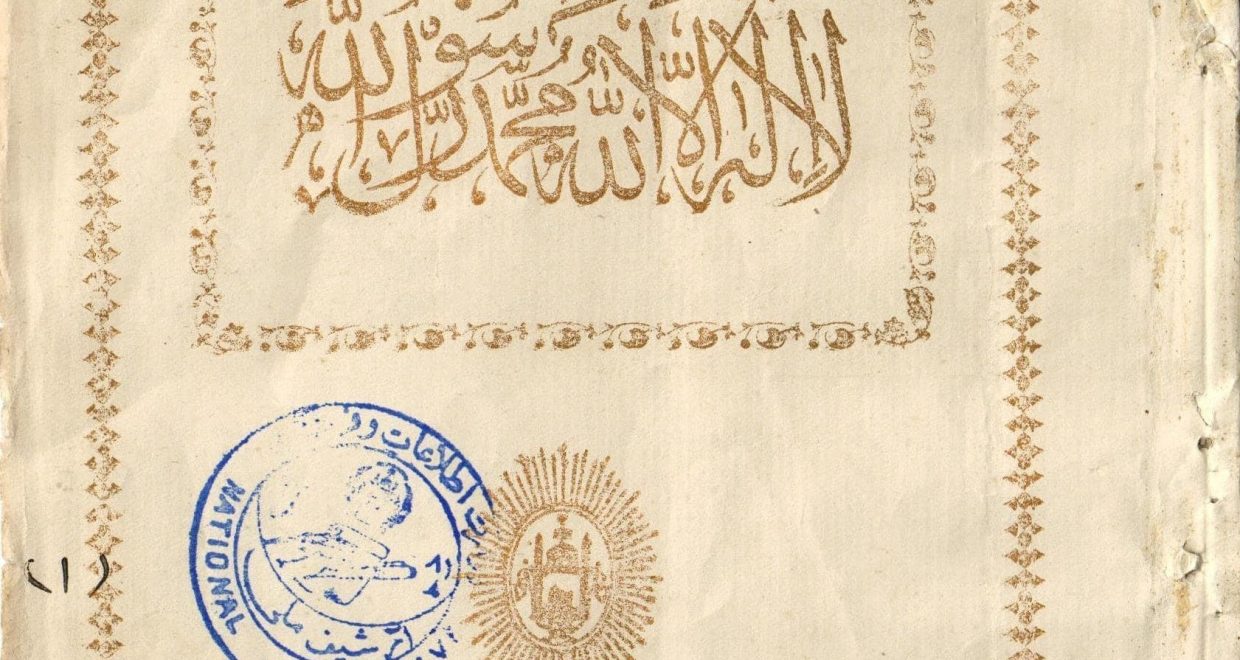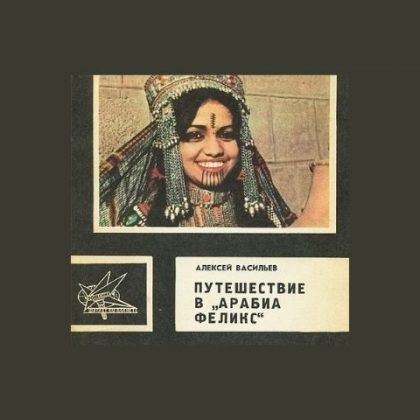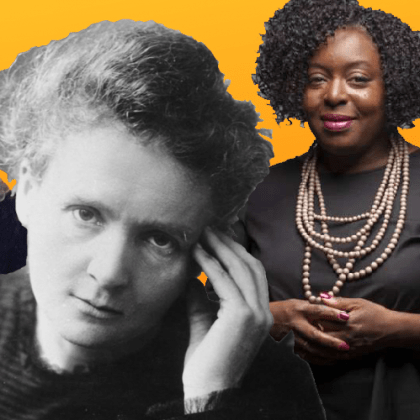Interwar Diplomacy between Soviet Russia, Turkey, Iran and Afghanistan
This article accompanies Alp Yenen’s Contemporary European History article Internationalism, Diplomacy and the Revolutionary Origins of the Middle East’s ‘Northern Tier’.
Part of the special issue Eastern European–Middle Eastern Relations: Continuities and Changes from the Time of Empires to the Cold War
The emergence of the so-called ‘Northern Tier’ of the modern Middle East – a geopolitical grouping of Muslim countries south of Russia – predates the Cold War when this concept was first coined by US strategists and gained currency in international relations. Already during the interwar years, Turkey, Iran and Afghanistan were on a distinct political path from their Arab neighbors in the south of the Middle East. The Arab Middle East – with few exceptions – was under the rule of League of Nations mandates of the French Republic and the United Kingdom. Instead, Mustafa Kemal Atatürk, Reza Shah Pahlavi and Amir Amannulah ruled over independent nation states and invested in similar ambitious nation building and modernisation projects. Like the rest of the modern Middle East, Kemalist Turkey, Pahlavi Iran and Amannulah’s Afghanistan were formed during the aftermath of the First World War. Nevertheless, the Northern Tier was not shaped at the peace conferences of London, San Remo and Sèvres in 1920 but, instead, emerged as a result of bilateral treaties signed in Moscow in early 1921.
Diplomatic historians have long pointed out that the early months of 1921 featured the culmination of a campaign of Soviet revolutionary diplomacy in which Moscow established diplomatic relations with newly reinstated governments in Ankara, Tehran and Kabul. While each country aimed to certify their contested national sovereignty through mutual recognitions, the shared motivation of this new multilateralism was their opposition against their marginalisation and subjugation by the Western hegemony in international relations.
This story has been commonly told from the vantage point of contingencies of state formation, which coupled ideologically odd partners in international relations. While correct in underlining contingencies, this vertical logic of state formation overshadows other agents and ideas that cut across this process horizontally without becoming its subjects and standards at the end. By looking into a group of actors that acted as diplomatic intermeddlers of Soviet allied Muslim internationalism and contributed to the making of these treaties, I offer in my CEH article a fresh look into the settlement of international relations in Eurasia after 1921.
These intermeddlers were none other than the infamous Young Turk leaders of the Ottoman Empire during the First World War, who were wanted across the world as war criminals. While former Minister of War Enver Pasha was in Moscow propagating Muslim internationalism, former Minister of Navy Cemal Pasha was in Kabul preparing the Afghan royal army for an Indian expedition. They campaigned for the union and mobilisation of Muslim revolutionary societies against European colonialism. In doing so, they received help from the Soviet government and, in return, actively lobbied for diplomatic alliances of Muslim states with Soviet Russia. Both men and their entourage were involved in the making of friendship treaties between Soviet Russia, Turkey, Iran and Afghanistan. The irony is that neither the Young Turk leaders themselves nor the Muslim internationalism they propagated survived the international settlement which they helped make.
Their story, which I was able to trace through their private correspondence and other sources, forces us to think about the system effects of international relations that explain why certain actions and structural shifts have unintended consequences [1]. First, the diplomacy of revolutionary states – however anti-systemic they are – tends to socialise with the norms and institutions of the interstate community. Second, revolutionary non-state actors can influence interstate relations through transnational activism but have trouble capitalising power without statehood. Third, it is not uncommon that moments of internationalism – or rather internationalisation – end up stabilising and strengthening the states and interstate system. This was the result of the 1921 treaties between Soviet Russia, Turkey, Iran and Afghanistan. While the states that signed the treaties emerged as sovereign states in the international settlement, others who lacked statehood or threaten the statehood of these states were outmaneuvered and ousted in the end.
The Lausanne treaty of 1923 drew the demarcation of the post-Ottoman Middle East but the transnational revolutionary diplomacy of the Young Turk leaders at the Moscow–Ankara–Tehran–Kabul axis in 1921 had already marked the winners and losers of the international settlement in the Northern tier of the Middle East.
Read all articles in the special issue
[1] RobeRobert Jervis, System Effects: Complexity in Political and Social Life (Princeton: Princeton University Press, 1997), 61.
Main image: The Turco-Afghan Treaty of Friendship of 1 March 1921






